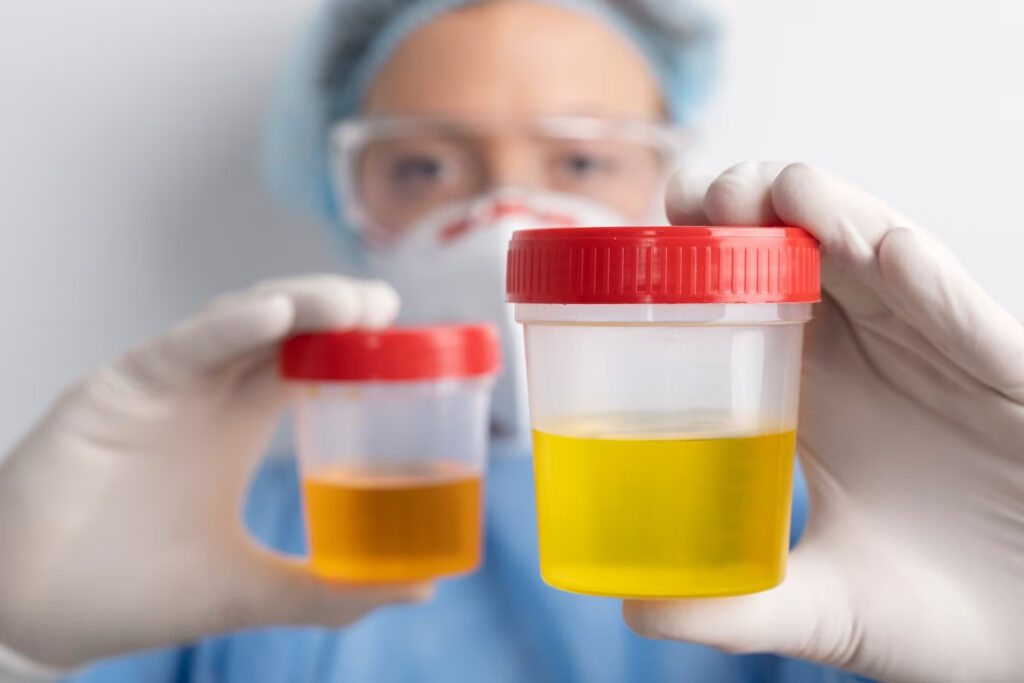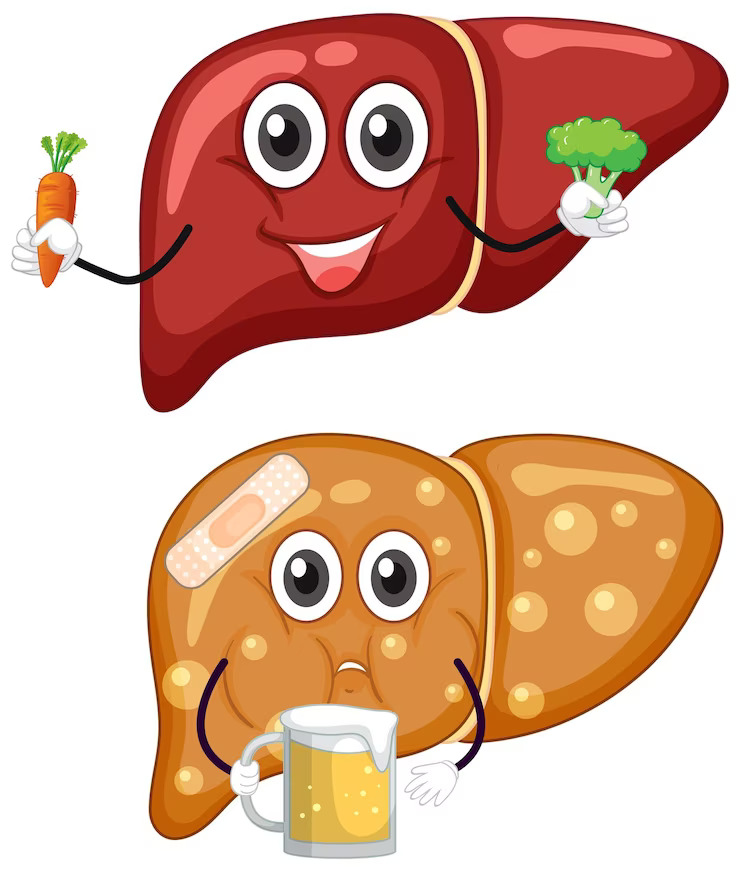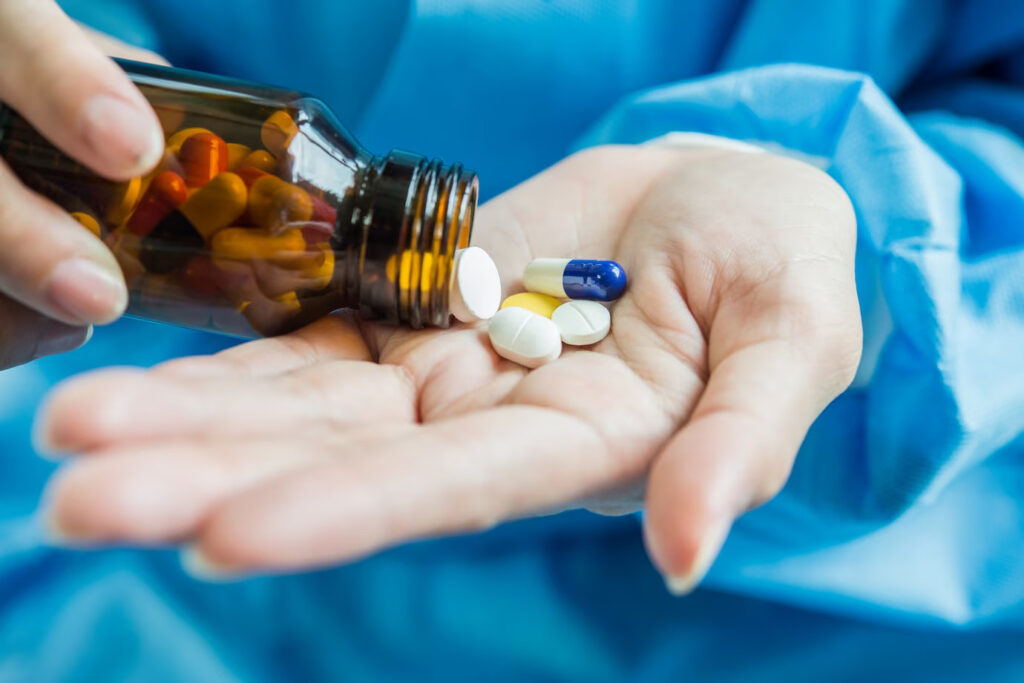Figuring out Fatty Liver: Side effects, Causes, and Successful Treatment
Presentation
Fatty liver sickness, a condition described by the gathering of fat in liver cells, has become progressively pervasive lately. Frequently connected with stoutness, less than stellar eating routine, and inactive ways of life, this condition can have critical wellbeing suggestions in the event that not tended to speedily. In this article, we will dig into the side effects, causes, risk variables, and treatment choices for greasy liver illness, revealing insight into the means people can take to oversee and conquer this condition.
Symptoms of Fatty Liver

Fatty Liver illness is frequently thought to be a “quiet” condition in its beginning phases, as it may not show recognizable side effects. Notwithstanding, as the infection advances, people might start to encounter a scope of side effects, including:
Weariness:

Diligent exhaustion and a sensation of general sleepiness can be early marks of greasy liver infection. The liver’s compromised capability can prompt diminished energy levels and in general torpidity.
Abdominal Discomfort:
A few people might encounter distress or a dull throb in the upper right half of the mid-region, where the liver is found. This distress is frequently connected with an extended liver brought about by the amassing of fat.
Unexplained Weight Changes:

Abrupt weight reduction or weight gain that can’t be ascribed to changes in diet or movement levels might be connected to greasy liver illness. The liver’s job in metabolic cycles can impact body weight.
Jaundice:
In uncommon cases, greasy liver illness can prompt jaundice, a condition described by the yellowing of the skin and eyes. This happens when the liver’s capacity to deal with bilirubin, a byproduct, is compromised.
Swelling:

The gathering of liquid in the midsection (ascites) or legs (edema) can happen because of the disabled liver capability related with fatty liver sickness.
Enlarged Liver:
Fatty liver infection can prompt hepatomegaly, which is the clinical term for a developed liver. This broadening might be recognized during an actual assessment.
Changes in Urine Color:

The shade of pee might obscure because of the liver’s decreased capacity to handle side-effects, prompting a development of bilirubin.
Causes and Risk Factors
Fatty liver disease is fundamentally characterized into two kinds: alcoholic greasy liver sickness (AFLD) and non-alcoholic greasy liver illness (NAFLD).
Alcoholic Fatty Liver Disease(AFLD):

As the name recommends, exorbitant liquor utilization is the essential driver of AFLD. Ongoing liquor misuse can prompt the collection of fat in liver cells and resulting liver harm.
Non-Alcoholic Fatty Liver Disease (NAFLD):

NAFLD is more normal and is related with elements, for example, stoutness, insulin obstruction, type 2 diabetes, elevated cholesterol levels, and metabolic condition. These circumstances add to the affidavit of fat in the liver cells.
Risk factors for fatty liver disease :
Obesity:

Overabundance body weight, especially stomach stoutness, is a huge gamble factor for creating fatty liver infection.
Unhealthy Diet:

Diets high in soaked fats, sweet food sources, and refined starches add to the aggregation of fat in the liver.
Type 2 Diabetes:
Insulin resistance and high blood sugar levels are closely linked to the development of fatty liver disease.
Metabolic Syndrome:
Metabolic disorder, portrayed by a blend of stoutness, hypertension, high glucose, and unusual cholesterol levels, fundamentally expands the gamble of fatty liver infection.
Rapid Weight Loss:
Shedding pounds excessively fast can prompt the preparation of fat from different pieces of the body to the liver, adding to fatty liver infection.
Certain Prescriptions:
A few meds, like corticosteroids, tamoxifen, and certain antiretroviral drugs, can add to the development of fatty liver disease.
Treatment Options
The administration and treatment of fatty liver illness basically include tending to hidden causes and making fundamental way of life changes. The objective is to decrease the collection of fat in liver cells, work on liver capability, and forestall confusions. Here are the vital techniques for treating fatty liver illness:
Lifestyle Modifications:

Healthy Diet: Take on a reasonable and nutritious eating regimen that incorporates various organic products, vegetables, entire grains, lean proteins, and solid fats. Limit the utilization of sweet food varieties, soaked fats, and handled food varieties.
Weight Management:

Accomplish and keep a sound load through a blend of an even eating routine and normal actual work.
Standard Activity: Take part in ordinary actual work, holding back nothing 150 minutes of moderate-force practice each week. Practice further develops insulin awareness and in general metabolic wellbeing.
Moderate Alcohol Consumption:: For people with fatty liver illness, it is fundamental for limit liquor utilization or avoid liquor through and through, particularly on account of AFLD.
Medications:

Drugs: now and again, meds might be recommended to oversee hidden conditions like diabetes, elevated cholesterol, and insulin opposition, which add to greasy liver illness.
Vitamin E Enhancements: In instances of non-alcoholic steatohepatitis (NASH), a more serious type of greasy liver sickness, vitamin E enhancements might be prescribed to work on liver wellbeing. In any case, this ought to be finished under clinical watch.
Regular Monitoring:

Standard clinical check-ups are urgent for observing liver wellbeing, following headway, and making important changes in accordance with treatment plans.
Advanced Treatments:
In situations where fatty liver sickness has advanced to cutting edge stages, causing irritation and scarring (fibrosis), further developed therapies might be important. These may incorporate drugs to decrease irritation and intercessions to address complications.
End
Fatty liver illness is a pervasive condition that requires consideration and the executives to forestall its movement and related entanglements. Perceiving the side effects, understanding the causes and hazard factors, and embracing a proactive way to deal with treatment are fundamental for guaranteeing better liver wellbeing. By embracing a sound way of life, making dietary changes, taking part in ordinary actual work, and looking for clinical direction, people can successfully oversee fatty liver sickness and work on their general liver capability. Making proactive strides can prompt better liver wellbeing, diminished hazard of intricacies, and an upgraded personal satisfaction.
